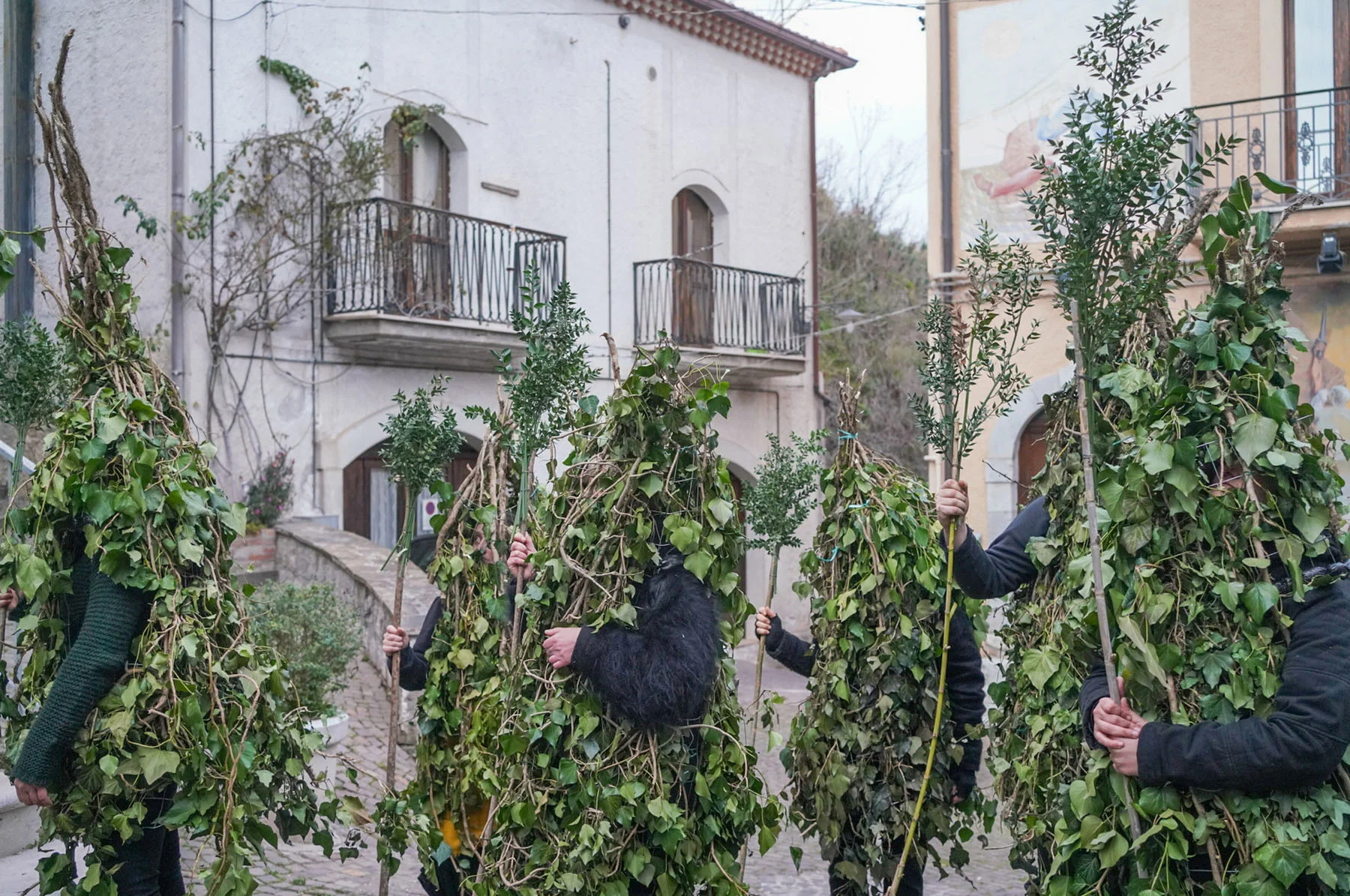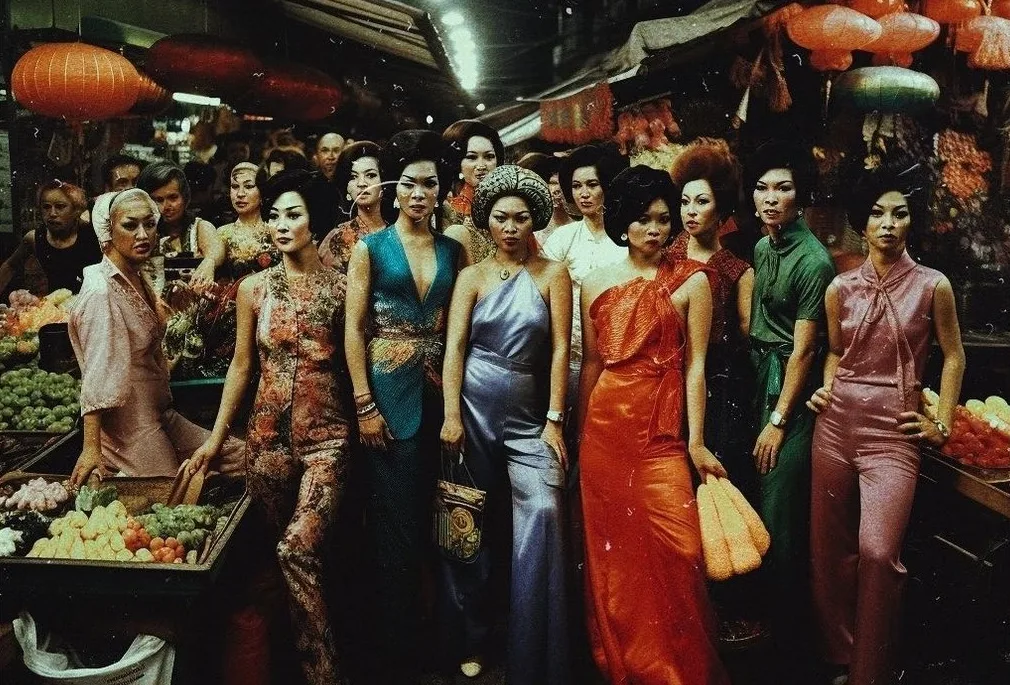
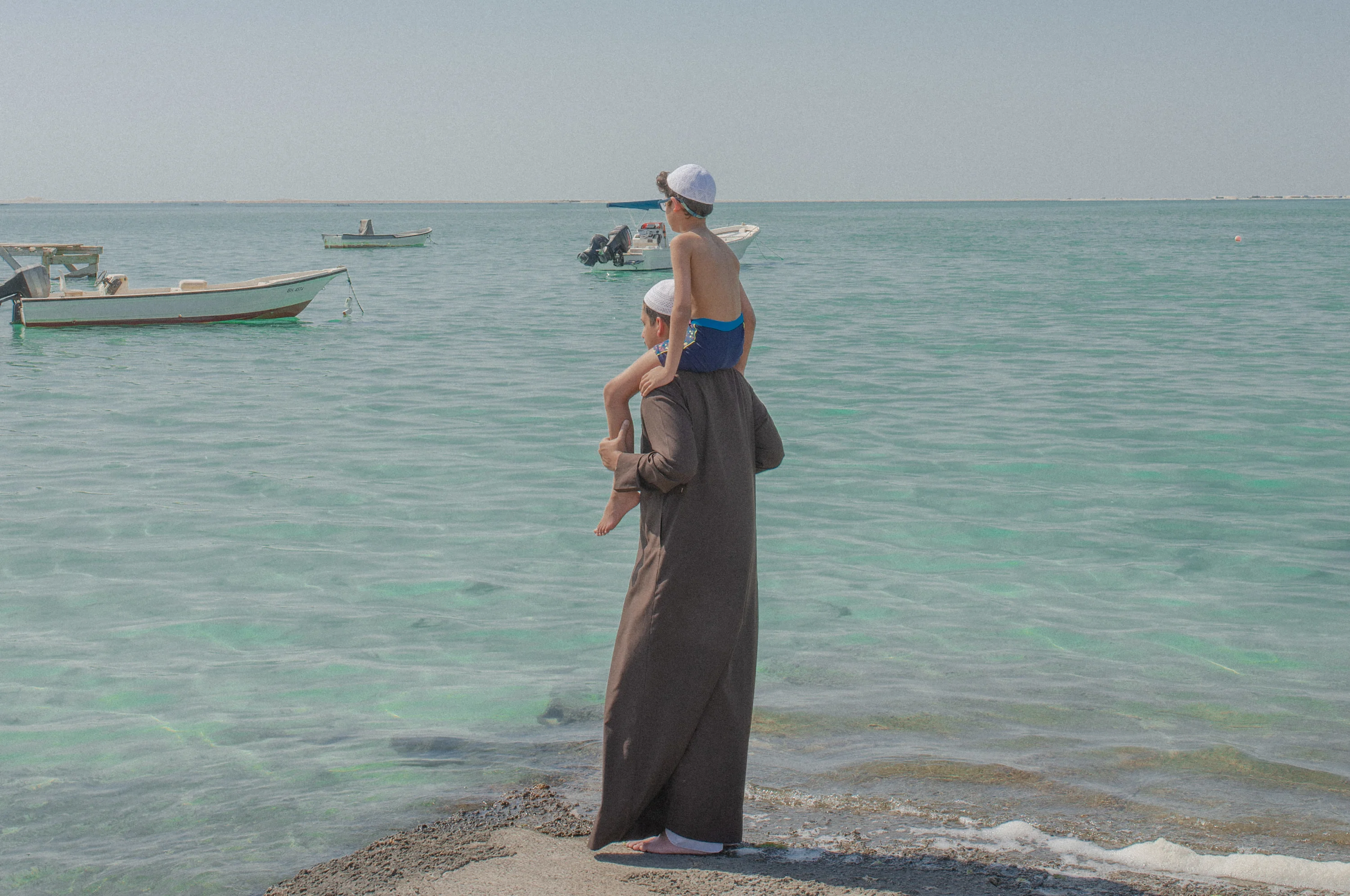
Since leaving Bahrain with his parents as a baby, photographer Ali Al Shehabi has never quite found a true connection to the place. For various reasons, he’s often associated his home country with grief and pain, but in 2020 he moved back to be with his mother. He tells Alexander Durie how, in “As I Lay Between Two Seas,” shot over the course of three years, he captured the small Gulf kingdom in a vibrant new light, rediscovering his love for it as he went.
Located between Saudi Arabia and Qatar in the Persian Gulf, Bahrain is a small archipelago of islands home to around 1.6 million inhabitants, which Bahraini photographer Ali Al Shehabi says “not many people know about.” But he hopes his project “As I Lay Between Two Seas,” captured over the course of three years, might change that.
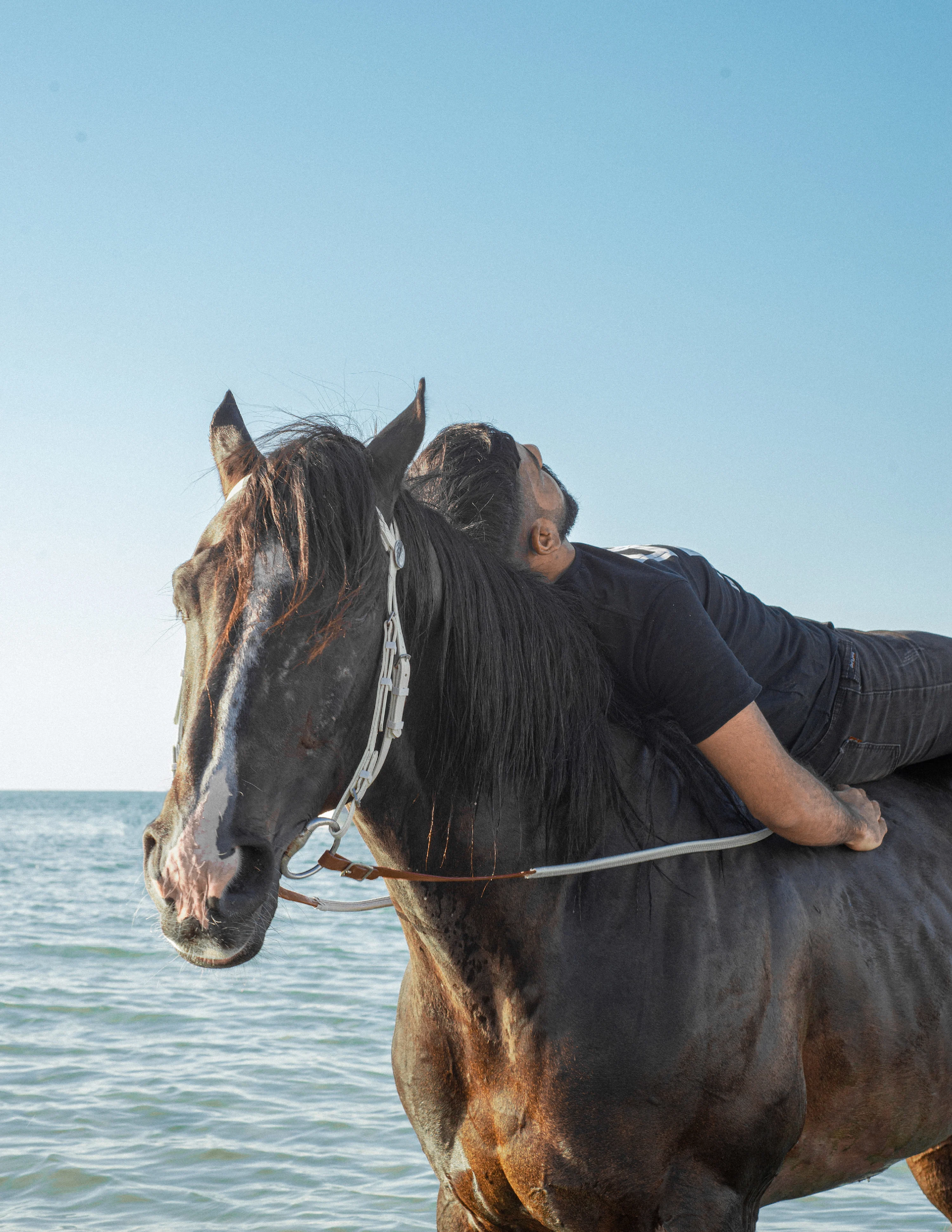
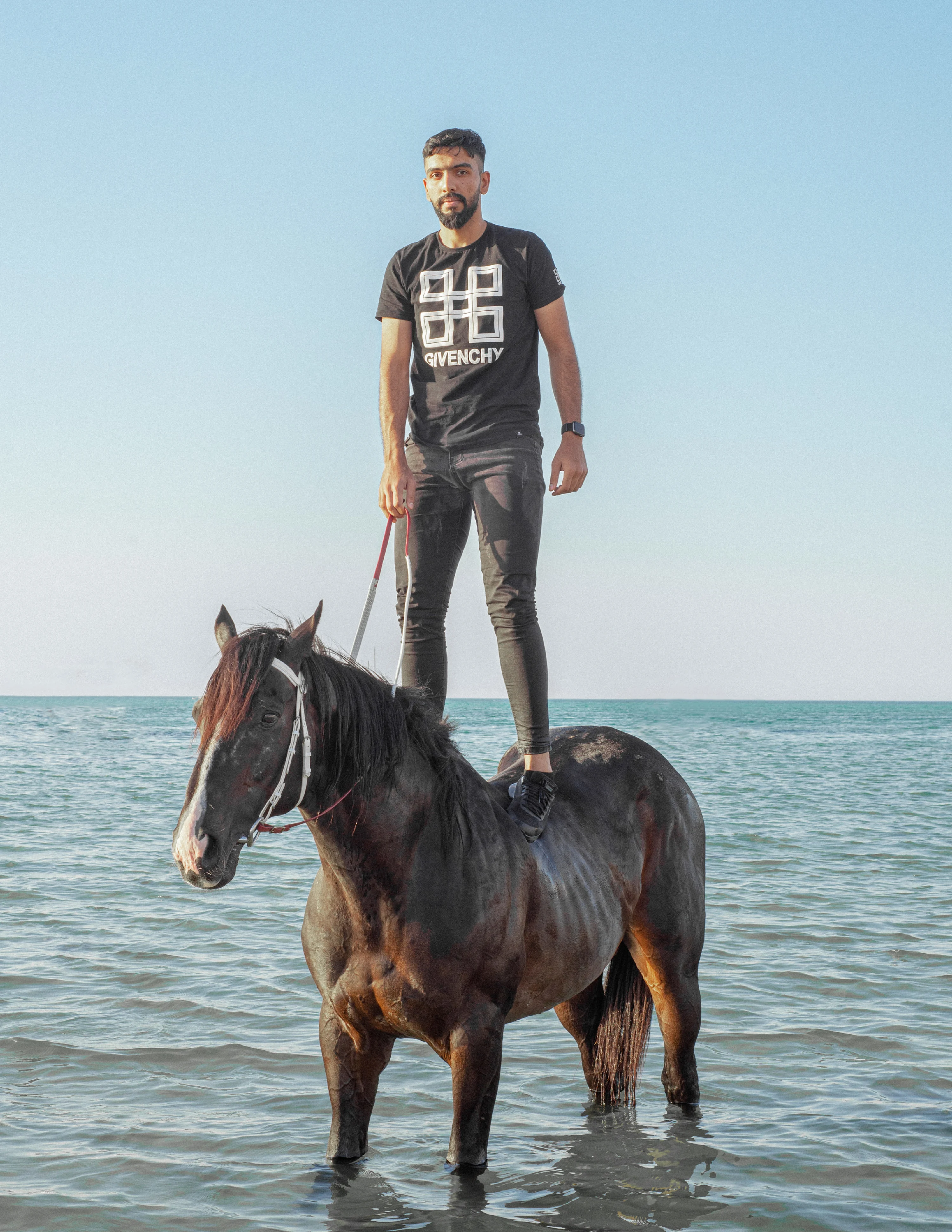
There are some familiar Bahraini scenes: men proudly brandishing their imposing falcons from the desert or inside their car, a mother watering her lush green garden while her boy clutches her dress or musicians donning traditional garments while performing fijri, a dance by pearl divers in Bahrain that dates back to the 19th century. Some shots, though—men dressed like cowboys straight out the Wild West, for example—are likely to break people’s preconceptions of the small Gulf country. That’s one of Al Shehabi’s goals as a photographer: to challenge stereotypes and to offer something “vibrant.”
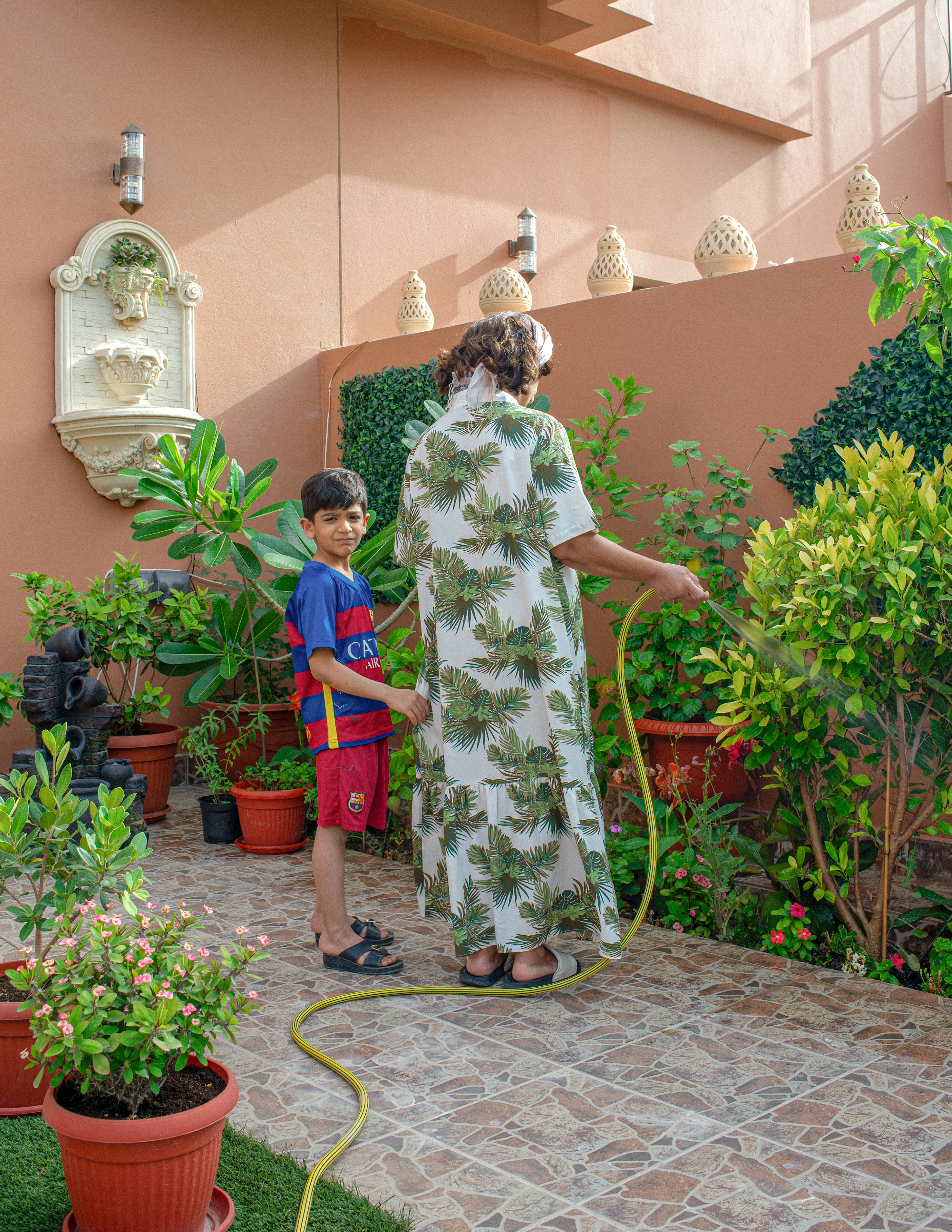
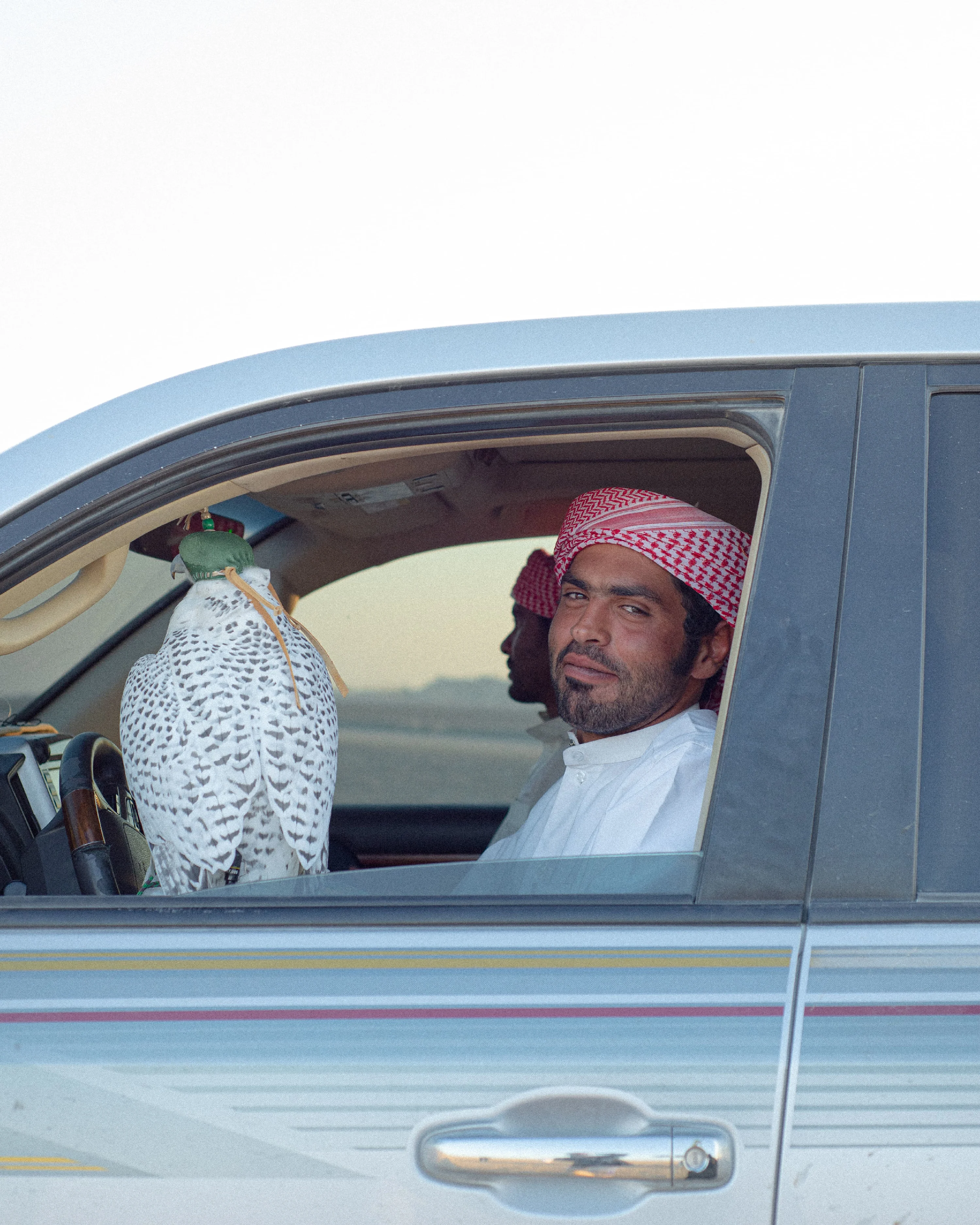
There's a much deeper meaning to the way we live our lives… the way we stay with our families and embrace our roots and culture.
“It's very important to put my culture on the map,” Al Shehabi says, “but also to show that there is more [to reality] than what people see about the Arab world on television or social media. There’s a much deeper meaning to the way we live our lives, the way we portray ourselves, the way we connect with each other, stay with our families and embrace our roots and culture.”
This picture of Bahraini society took some time for Al Shehabi to paint. Though both of his parents are Bahraini, they met in Dubai, where Al Shehabi grew up. The photographer would go back to Bahrain regularly, but after his father’s death from cancer in 2010, a distance grew between him and his home country. Al Shehabi carried his grief abroad, and much of his family was in political exile or even imprisoned following the 2011 pro-democracy protests during the Arab Spring.
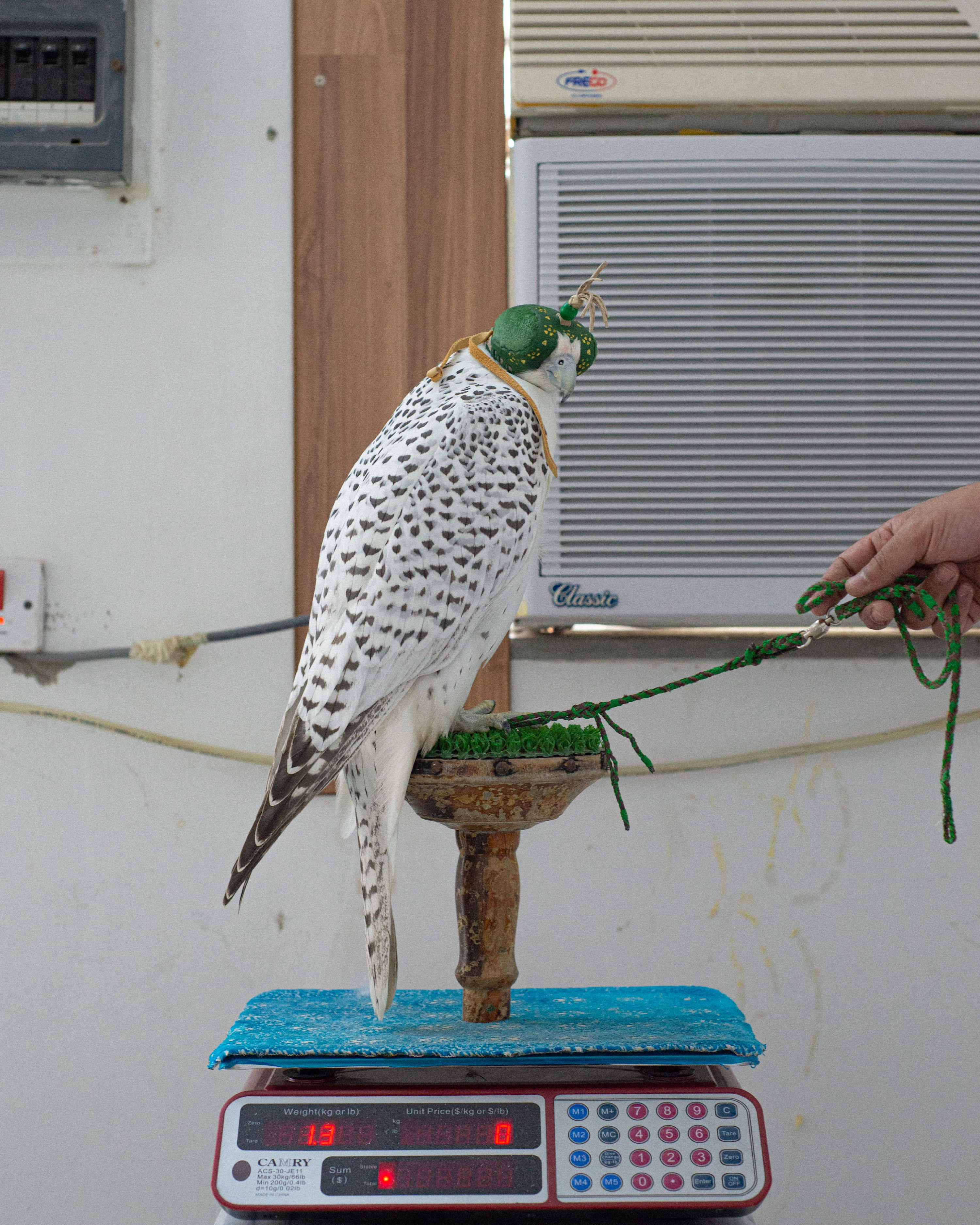
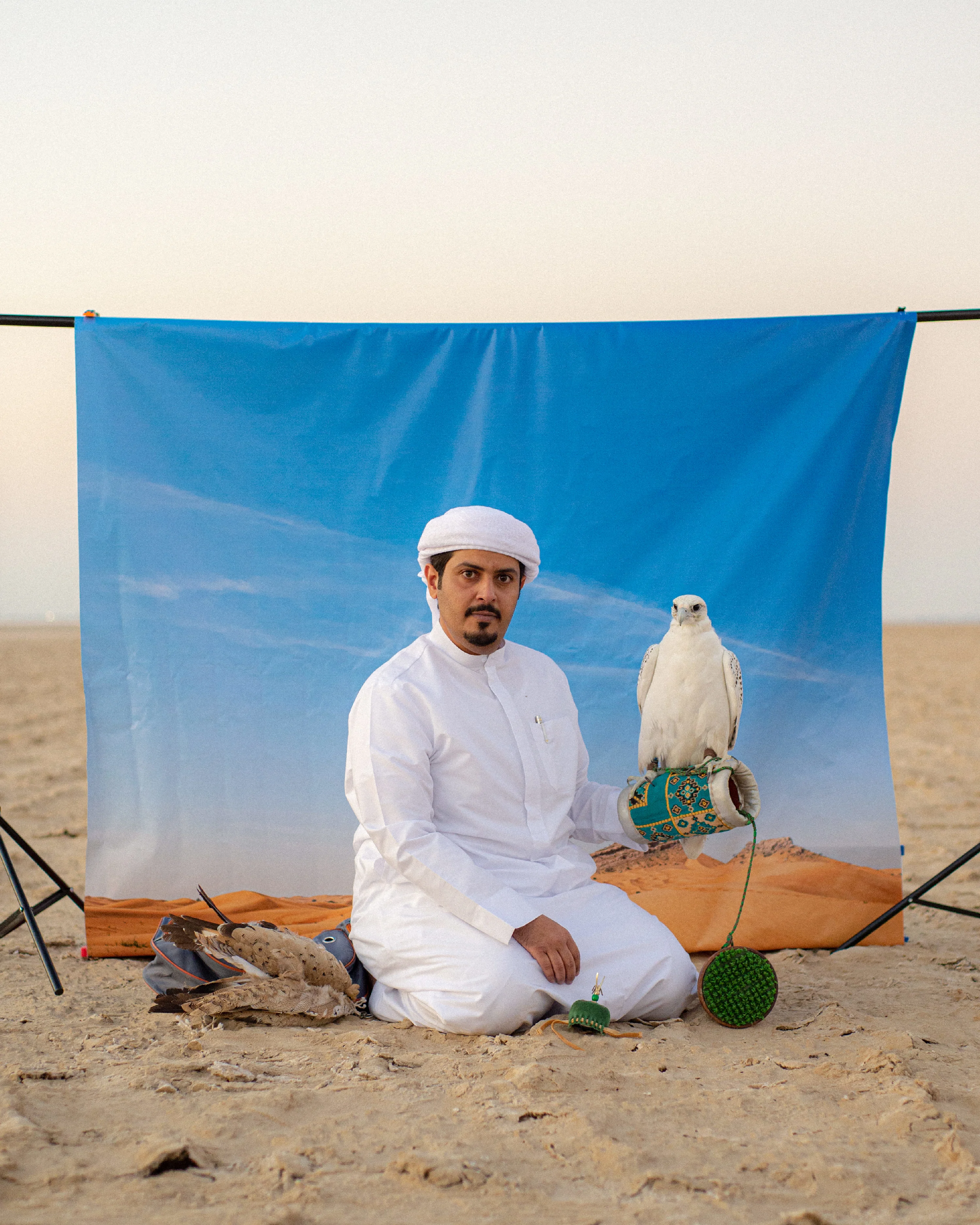
Al Shehabi only moved back to Bahrain in 2020 to be with his aging mother, who wanted to return home to retire. He remembers feeling like he had to “start from square one” when he moved back. “I was moving to a place that I didn’t understand or didn’t feel attached to,” he says. Photography became a way for him to channel these emotions: to rediscover his home country, but also to heal from the pain that lingered from his family’s battle with cancer (which affected his father, aunt and mother).
“I wanted to portray how it was to move back home, and make my project resonate with people who feel the same way as I do,” Al Shehabi explains. “Then I started to just put more effort into understanding my own culture, being open and vulnerable to my own feelings, making peace with grief and all the sadness that I associated with my country and family.”
The project started really taking shape in 2021 when Al Shehabi received support and mentorship from the prestigious Arab Documentary Photography Program, which is jointly funded by AFAC and Prince Claus Fund and supports creative documentary photographers in the Arab region.
“I didn’t want to do this project in a way that is sad…” he says. “I wanted to do it in a way that’s documentary-like, with some humor to it. I didn’t want it to be mundane.” Al Shehabi pursued via two sports: the world of falconry, largely enjoyed by those of the royal upper-class, and the cowboys of Bahrain, a subculture defined by love for horses or donkeys.
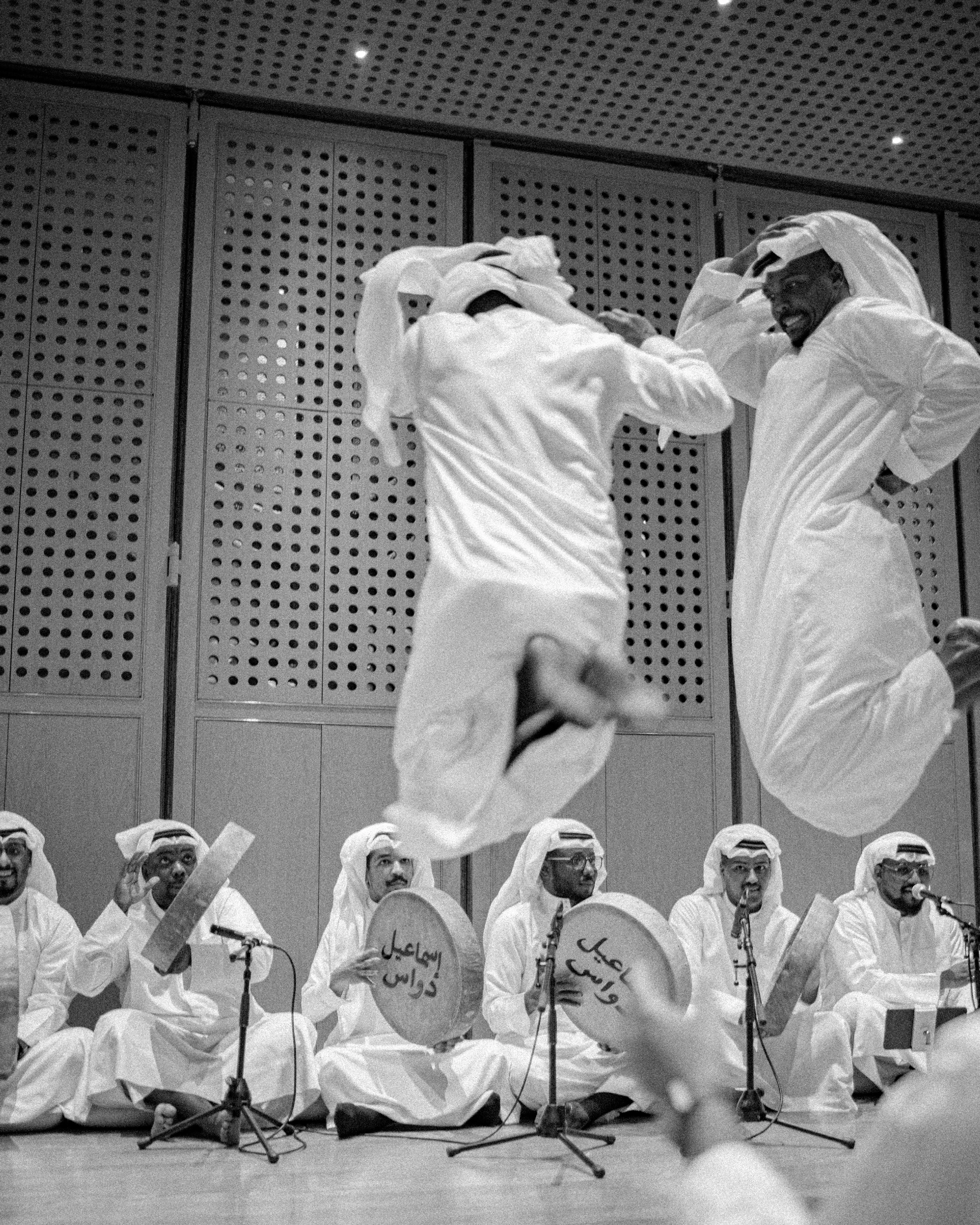
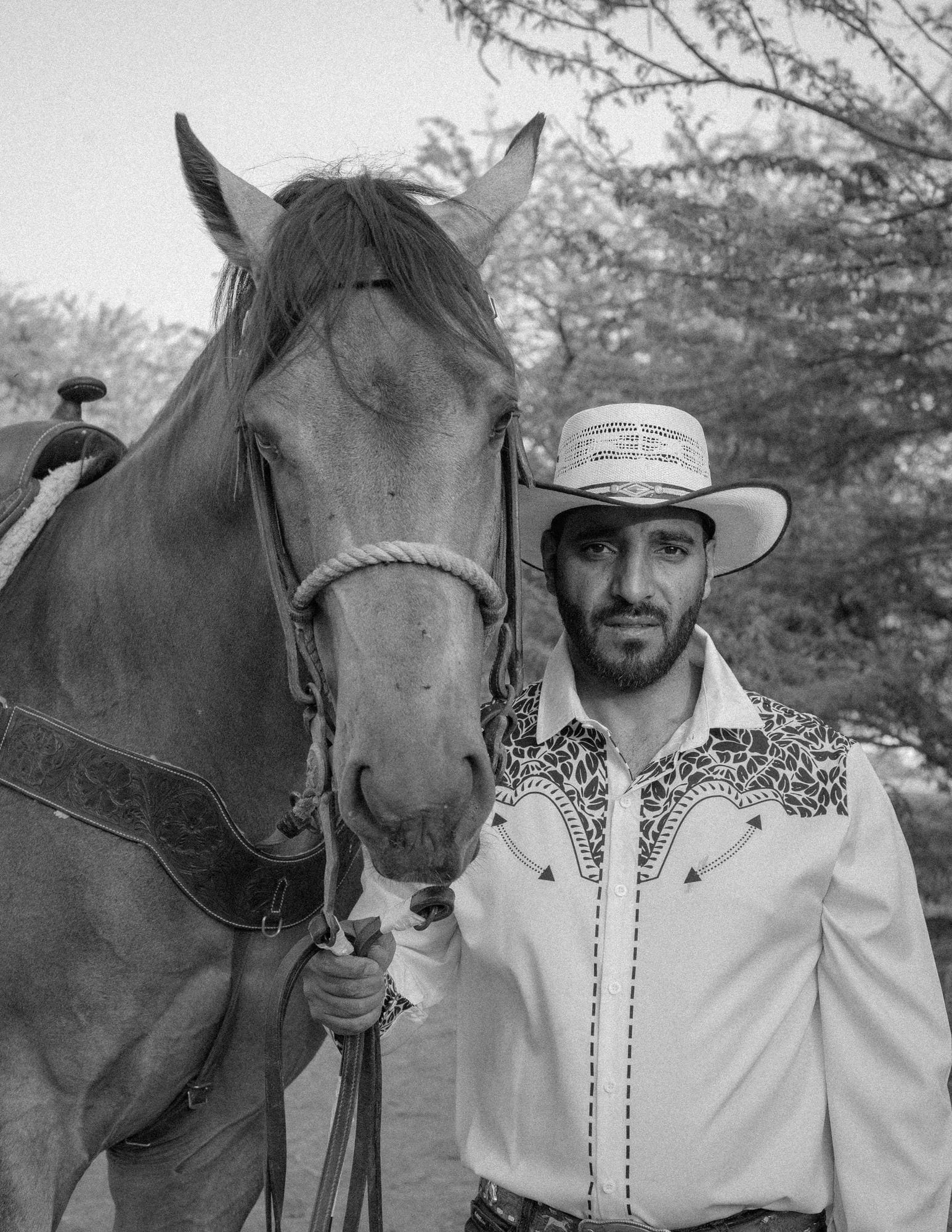
In both, Al Shehabi depicts scenes with tenderness and respect for the people and places in his images. The portraits of birds or people holding falcons feel like still lifes, evoking the importance of tradition and the admiration for creatures associated with the royal class in Bahrain. The white falcon, for example, is a gyrfalcon, imported from Russia, and according to Al Shehabi, “only royals can raise them,” which makes them extremely valuable. With its eyes closed and a hand holding a string attached to the bird, the falcon becomes a main character worthy of admiration.
“I felt like a foreigner in my own land,” Al Shehabi says about his first steps documenting falconry through an acquaintance in Bahraini royal circles, “and photography helped me to understand it.”
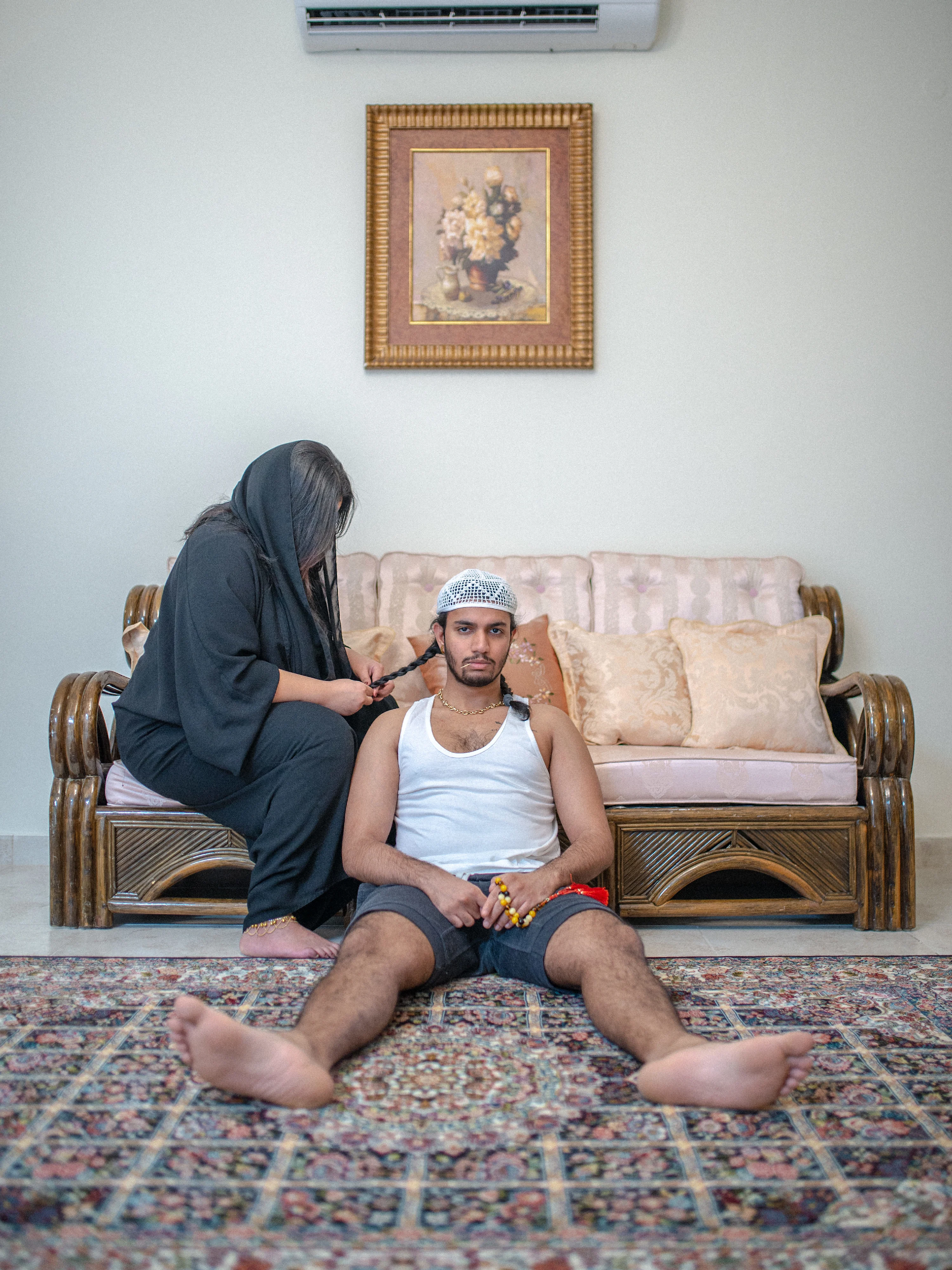
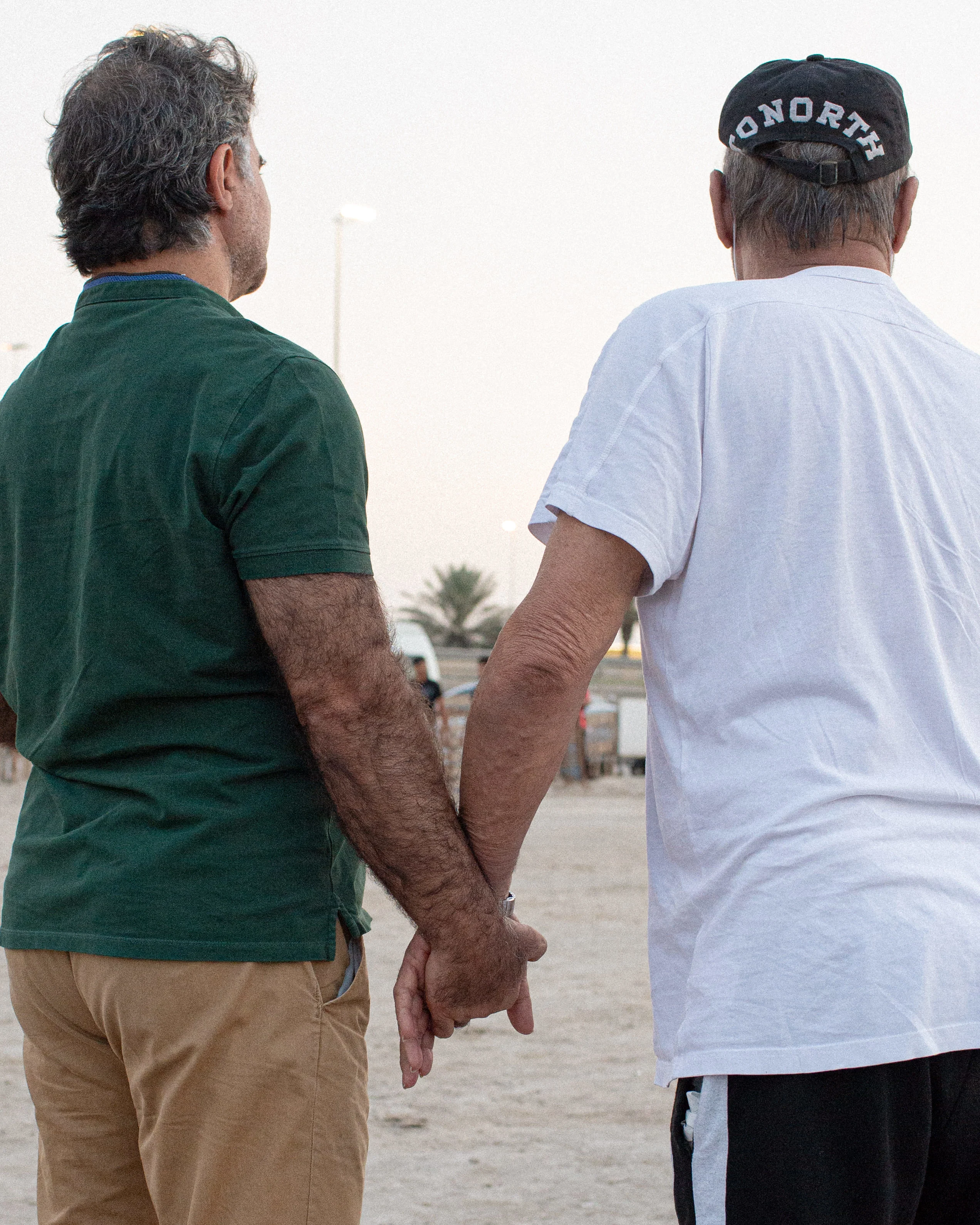
I felt like a foreigner in my own land, and photography helped me to understand it.
Photos of men crouching to the floor with their falcons in the desert, or holding hands while watching a donkey race or posing in their well-adorned living room with their pet tortoise bring a softness that challenges ideas of machismo. Photographing the close relationships between Bahraini men and their horses was another way for Al Shehabi to portray layers of tenderness beneath façades of masculinity. “I was appreciating the care and intimacy that people go into to look after these animals. It’s part of their persona,” Al Shehabi says.
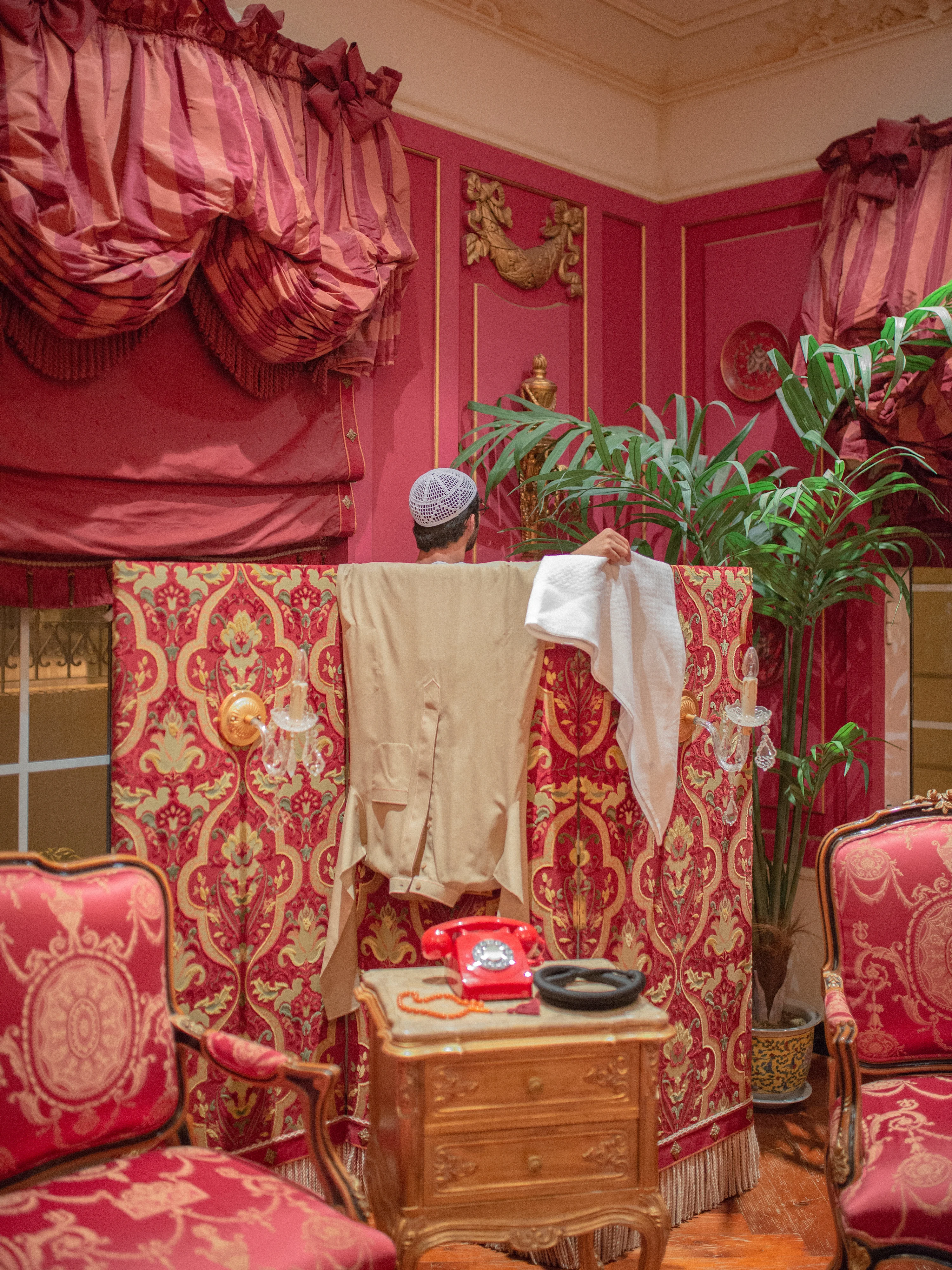
Several images capture men dressed like cowboys, and their typically American clothes and hats pose a stark contrast to images of Bahraini men wearing a thawb, an ankle-length robe worn by many men in the Arabian Peninsula. By showing these images alongside those of men wearing more traditional dress, Al Shehabi shows two facets of Bahrain––one more rooted in national traditions, and another more western-influenced.
Bahrain was a British protectorate for over 100 years and has a large US military base, so the country has long had a strong western influence. Al Shehabi explains that the cowboy phenomenon emerged in Bahrain in the 1980s when many Bahrainis got scholarships to study in Texas and were exposed to cowboy culture.
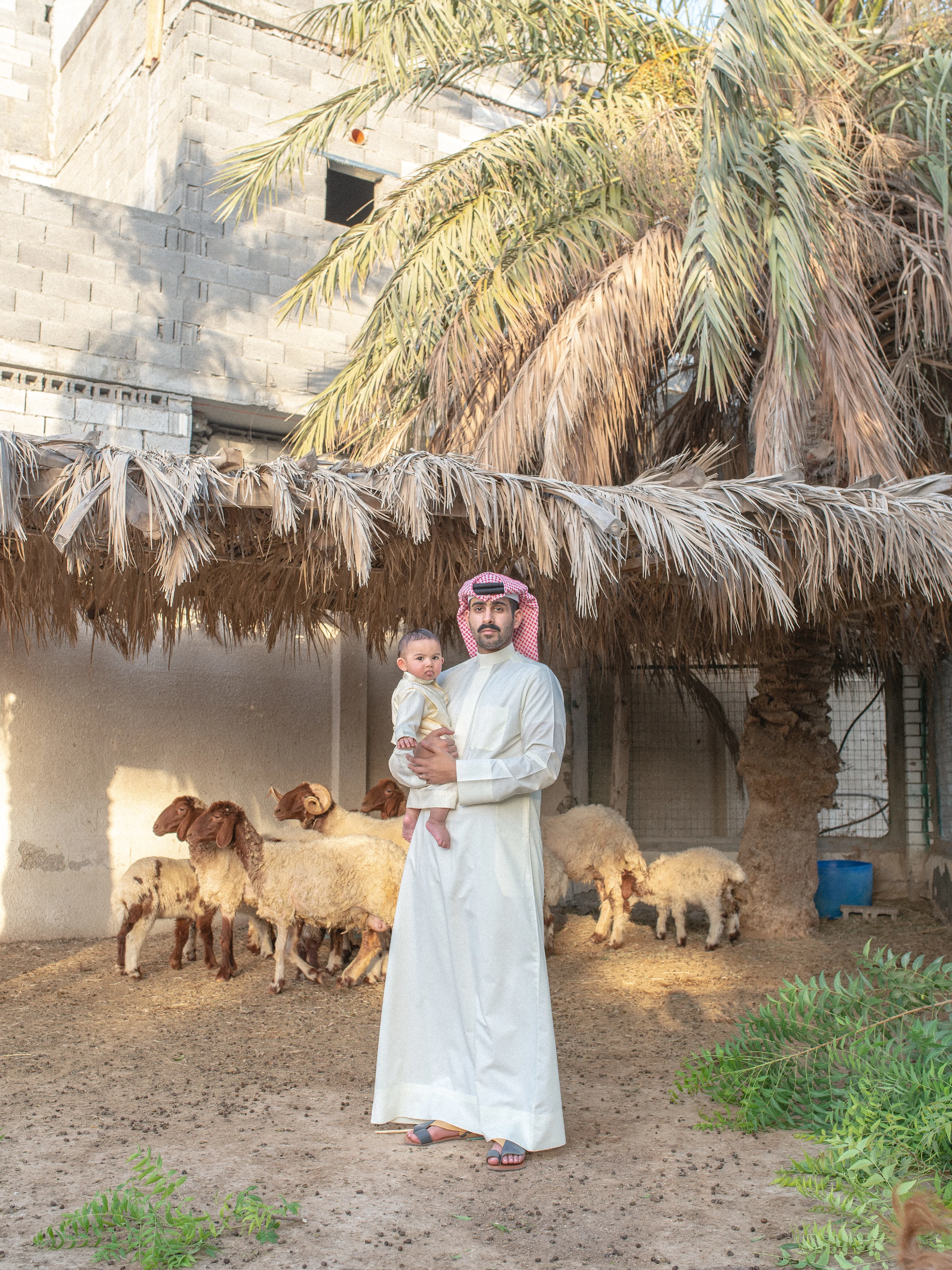
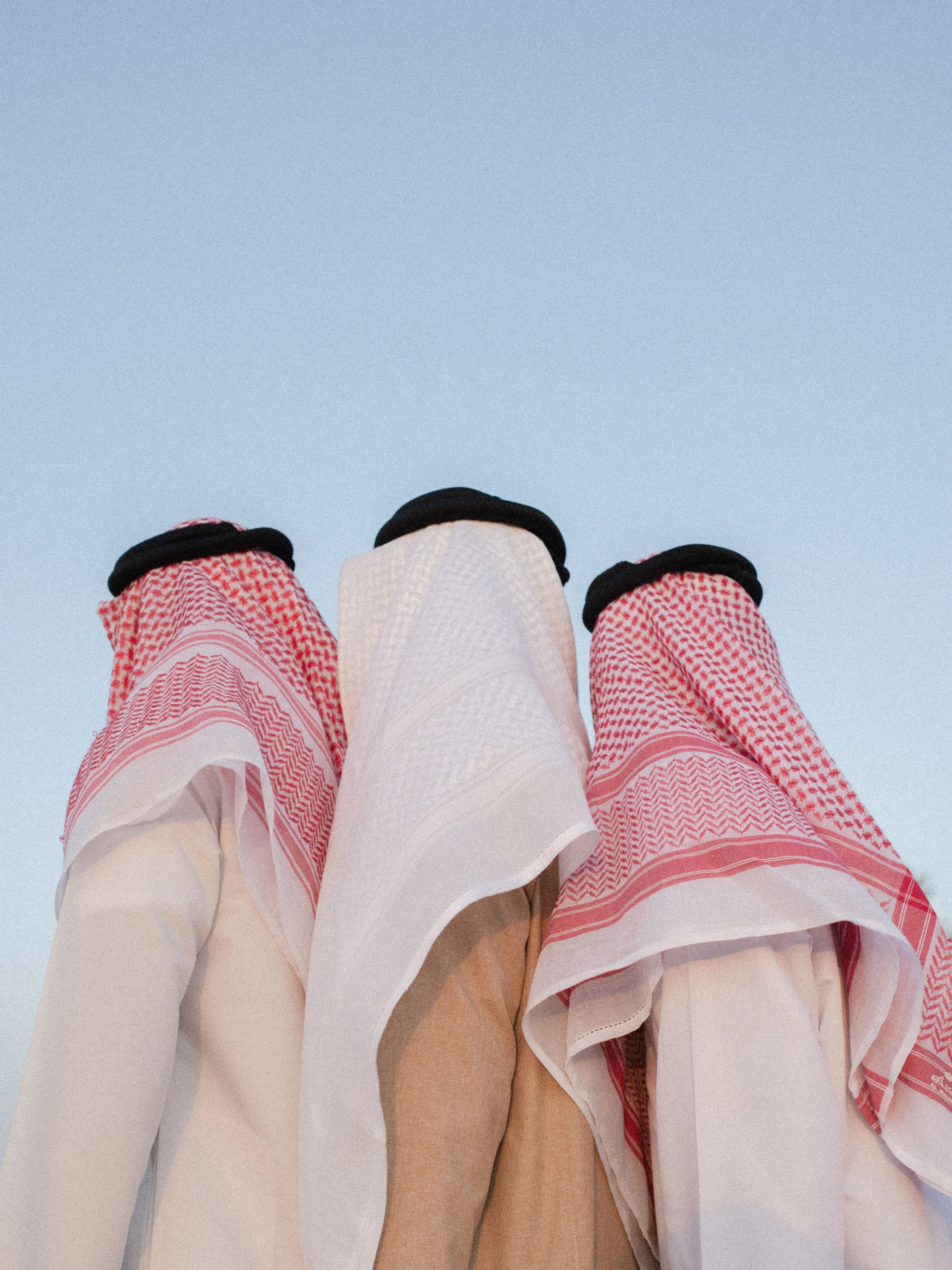
The project’s title “As I Lay Between Two Seas” is a direct reference to the etymology of Bahrain, which is Arabic for “two seas,” but also evokes how Al Shehabi is himself split between his two homes of Bahrain and Dubai. Developing this series helped Al Shehabi “confront my past and make peace with it,” he says. “At first, I was so hesitant when I came here. Now I’m very excited to stay and feel more connected to it. By working on this project, I finally understood what home really meant.”
